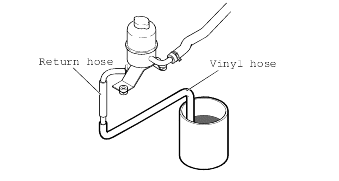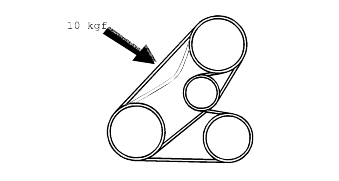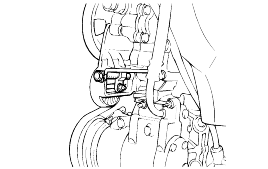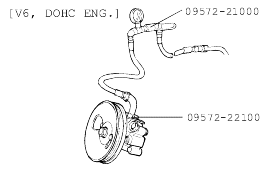If the fluid level changes up and down considerably when the steering wheel is turned left and right or fluid overflows from the reservoir whenthe engine is stopped, air bleeding should be done again.
If the fluid level varies 5mm (0.2 in.) or more, bleed the system again.
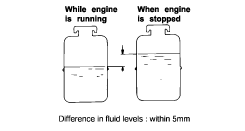
If the oil level changes up and down when the steering wheel is turned or the fluid overflows from the reservoir when the engine is stopped, further air bleeding is required. If the air isn't removed, it can cause cavitationin the pump, noise and may damage the pump.
